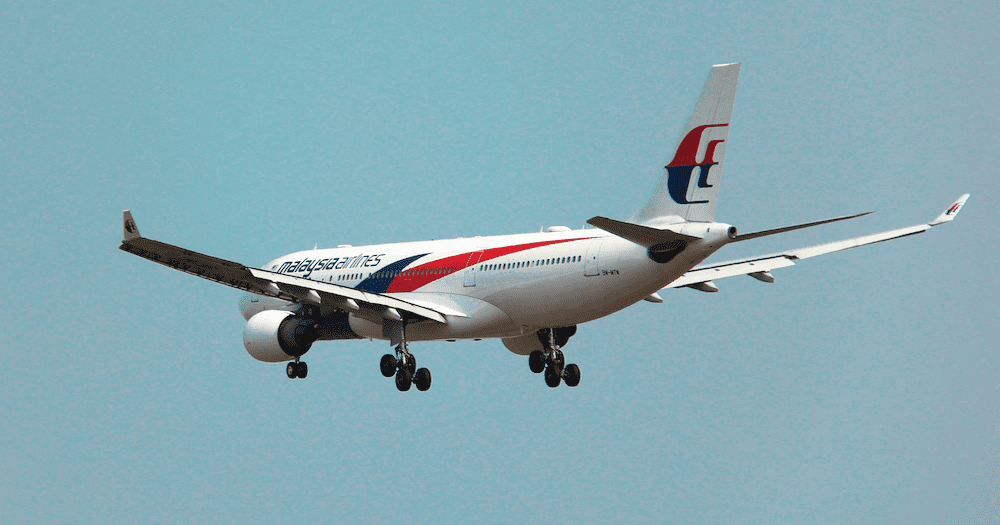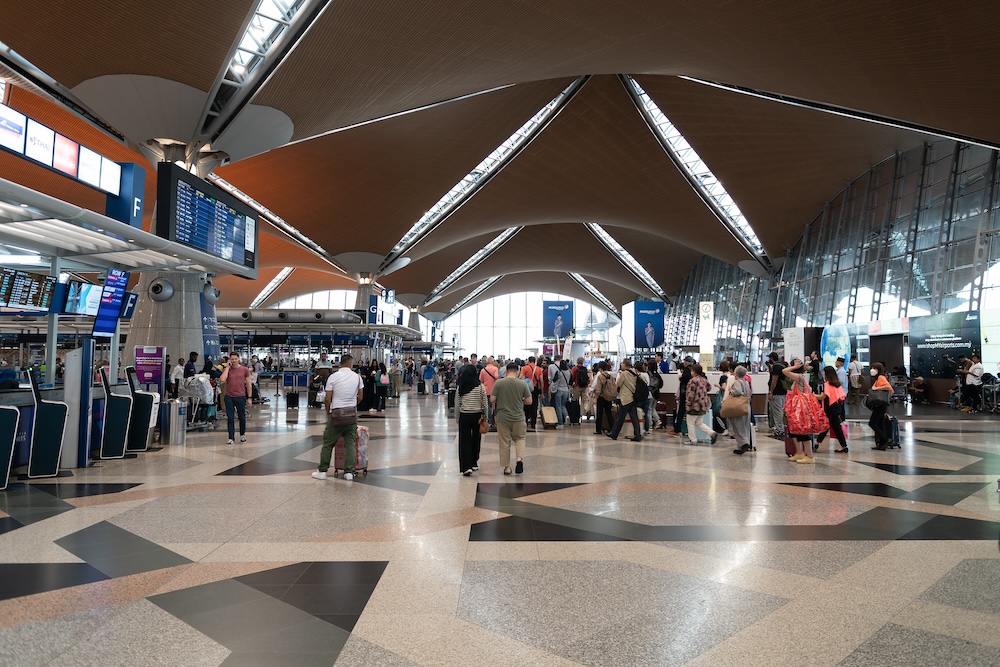Malaysia Airlines is temporarily reducing its network until December 2024, cancelling scores of flights between Australian ports and Kuala Lumpur, among other international routes, due to “operational difficulties”.
As the airline’s biggest Australian hubs, Sydney Airport and Melbourne Airport will witness the biggest reductions. Between 1 September and 26 October 2024, Sydney will see its previously scheduled 115 services reduced to 77 flights, while Melbourne will see 112 services drop to 78.
Flights between 27 October and 31 December 2024 will experience a smaller decrease, with the KL-based carrier adjusting Sydney services from 141 to 132 flights and Melbourne flights from 132 to 124 flights.
Elsewhere, MH will reduce the number of Perth services from 96 to 91 and Adelaide services from 43 to 40 until 26 October. Between 27 October and the end of the year, Perth will see its flights drop from 113 to 97, while Adelaide will be reduced from 46 to 44 flights. The carrier has also cancelled 11 KL-Auckland flights before the end of the year.

All flights are based on one-way departures from Kuala Lumpur, when compared to 18 August 2024 listings.
According to Aeroroutes, Malaysia Airlines will be reducing its overall international capacity by 10 per cent between 1 September and 26 October, and 10.2 per cent between 27 October and 31 December.
Domestically, the airline will reportedly reduce its schedule by up to 40 per cent between 1 September and the end of the 2024.
Speaking to Karryon, Malaysia Airlines Regional Manager Australia and New Zealand Giles Gilbert said the reductions in Australia are “signifcantly less” than reductions elsewhere and nowhere near the 20 per cent that has been previously reported.
Gilbert also said the impact on Malaysia Airlines’ Sydney and Melbourne routes will be lessened by the fact that MH operates two scheduled flights out of those ports each day.
In addition, he reiterated that the reductions were “purely short term” and that the airline was committed to returning to a “normal schedule” from 1 January 2025, from which point the airline will be operating with additional aircraft.


Gilbert said the adjustments to MH’s network were due to major supply chain issues, including delays in the delivery of spare parts and the arrival of new planes.
In a recent statement, Datuk Captain Izham Ismail, Group Managing Director of Malaysia Aviation Group (MAG), parent company of Malaysia Airlines, apologised for the disruption of services experienced in mid-August.
“As committed before, we are taking immediate steps to address the root causes of these significant issues that contribute to operational difficulties including supply chain constraints, manpower challenges, and other external factors as part of the continuing normalisation of global aviation operations post-pandemic,” he stated.
“MAG has also been affected by the delayed deliveries of new aircraft this year, leading to less aircraft being made available for operations than planned.
“We are working closely with our aircraft and engine manufacturers, and a wide range of suppliers to comprehensively address supply chain and technical issues.
“As this takes place, MAG will need to temporarily reduce its network between now to December 2024, to execute corrective measures where needed.
“This is to ensure the longterm reliability of our fleet and robustness of our operations and enhance our ability to ensure our customers on Malaysia Airlines, Firefly and Amal services face minimal disruptions and have the best experience possible flying with us.”


In a statement last week, Malaysia Airlines said that all other flights will continue to operate as scheduled, with “all necessary flight cancellations” completed.
In June, Malaysia Airlines announced it would up capacity on Adelaide and Sydney to Kuala Lumpur routes from 27 September – 14 October 2024 to cater for school holiday demand. The additional flights will add an extra 7,500 seats from Australia to Malaysia.
It also recently announced the return of non-stop service to the Maldives, bringing the Indian Ocean islands within easier reach of Australians.

